I need help in database design.
Pseudo code:
Table order_status {
id int[pk, increment]
name varchar
}
Table order_status_update {
id int[pk, increment]
order_id int[ref: > order.id]
order_status_id int[ref: > order_status.id]
updated_at datetime
}
Table order_category {
id int[pk, increment]
name varchar
}
Table file {
id int[pk, increment]
order_id int[ref: > order.id]
key varchar
name varchar
path varchar
}
Table order {
id int [pk] // primary key
order_status_id int [ref: > order_status.id]
order_category_id int [ref: > order_category.id]
notes varchar
attributes json // no of attributes is not fixed, hence needed a json column
}
Everything was okay, but now I need an auto-increment id for each type of order_category_id column.
For example, if I have 2 categories electronics and toys , then I would need electronics-1, toy-1, toy-2, electronics-2, electronics-3, toy-3, toy-4, toy-5 values associated with rows of order table. But it's not possible as auto-increment increments based on each new row, not column type.
In other words, for table order instead of
id order_category_id
---------------------
1 1
2 1
3 1
4 2
5 1
6 2
7 1
I need following,
id order_category_id pretty_ids
----------------------------
1 1 toy-1
2 1 toy-2
3 1 toy-3
4 2 electronics-1
5 1 toy-4
6 2 electronics-2
7 1 toy-5
What I tried:
I created separate table for each order category (not an ideal solution but currently I have 6 order categories, so it works for now )
Now, I have table for electronics_order and toys_order. Columns are repetitive, but it works. But now I have another problem, my every relationship with other tables got ruined. Since, both electronics_order and toys_orders can have same id, I cannot use id column to reference order_status_update, order_status, file tables.
I can create another column order_category in each of these tables, but will it be the right way? I am not experienced in database design, so I would like to know how others do it.
I also have a side question.
Do I need tables for order_category and order_status just to store names? Because these values will not change much and I can store them in code and save in columns of order table.
I know separate tables are good for flexibility, but I had to query database 2 times to fetch order_status and order_category by name before inserting new row to order table. And later it will be multiple join for querying order table.
--
If it helps, I am using flask-sqlalchemy in backend and postgresql as database server.





